Reduce insurance costs by encouraging employee wellness

Protecting your company through the purchase of various forms of insurance is a risk-management necessity. But just because you must buy coverage doesn’t mean you can’t manage the cost of doing so.
Obviously, the safer your workplace, the less likely you’ll incur costly claims and high workers’ compensation premiums. There are, however, bigger-picture issues that you can confront to also lessen the likelihood of expensive payouts. These issues tend to fall under the broad category of employee wellness.
Physical well-being
When you read the word “wellness,” your first thought may be of a formal wellness program at your workplace. Indeed, one of these — properly designed and implemented — can help lower or at least control health care coverage costs.
Wellness programs typically focus on one or more of three types of services/activities:
1. Health screenings to identify medical risks (with employee consent),
2. Disease management to support people with existing chronic conditions, and
3. Lifestyle management to encourage healthier behavior (for example, diet or smoking cessation).
The Affordable Care Act offers incentives to employers that establish qualifying company wellness programs. As mentioned, though, it’s critical to choose the right “size and shape” program to get a worthwhile return on investment.
Mental health
Beyond promoting physical well-being, your business can also encourage mental health wellness to help you avoid or prevent claims involving:
• Discrimination,
• Wrongful termination,
• Sexual harassment, or
• Other toxic workplace issues.
If you’ve already invested in employment practices liability insurance, you know that it doesn’t come cheap and premiums can skyrocket after just one or two incidents. But, in today’s highly litigious society, many businesses consider such coverage a must-have.
Controlling these costs starts with training. When employees are taught (and reminded) to behave appropriately and understand company policies, they have much less ground to stand on when considering lawsuits. And, on a more positive note, a well-trained workforce should get along better and, thereby, operate in a more upbeat, friendly environment.
To take mental health wellness one step further, you could implement an employee assistance program (EAP). This is a voluntary and confidential way to connect employees to outside providers who can help them manage substance abuse and mental health issues. Although it will call for an upfront investment, an EAP can lower insurance costs over the long term by discouraging lifestyle choices that tend to lead to accidents and lawsuits.
Hand in hand
Happy and healthy — there’s a reason these two words go hand in hand. Create a workforce that’s both and you’ll stand a much better chance of maintaining affordable insurance premiums. We can provide further information on how to reduce potential liability and lower the costs of various forms of business insurance.
© 2018




